NVIDIA Unveils GeForce GTX 1080 Ti: Available Week of March 5th for $699
by Ryan Smith on February 28, 2017 11:01 PM EST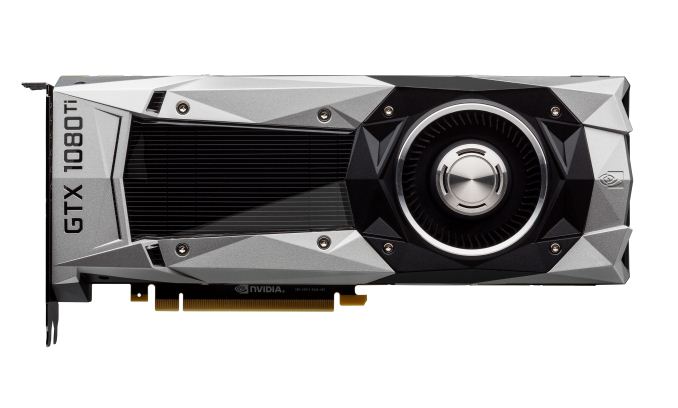
In what has now become a bona fide tradition for NVIDIA, at their GDC event this evening the company announced their next flagship video card, the GeForce GTX 1080 Ti. Something of a poorly kept secret – NVIDIA’s website accidentally spilled the beans last week – the GTX 1080 Ti is NVIDIA’s big Pascal refresh for the year, finally rolling out their most powerful consumer GPU, GP102, into a GeForce video card.
The Ti series of cards isn’t new for NVIDIA. The company has used the moniker for their higher-performance cards since the GTX 700 series back in 2013. However no two generations have really been alike. For the Pascal generation in particular, NVIDIA has taken the almighty Titan line in a more professional direction, so whereas a Ti card would be a value Titan in past generations – and this is still technically true here – it serves as more of a flagship for the Pascal generation GeForce.
At any rate, we knew that NVIDIA would release a GP102 card for the GeForce market sooner or later, and at long last it’s here. Based on a not-quite-fully-enabled GP102 GPU (more on this in a second), like its predecessors the GTX 1080 Ti is meant to serve as a mid-generation performance boost for the high-end video card market. In this case NVIDIA is aiming for what they’re calling their greatest performance jump yet for a Ti product – around 35% on average – which would translate into a sizable upgrade for GeForce GTX 980 Ti owners and others for whom GTX 1080 wasn’t the card they were looking for.
| NVIDIA GPU Specification Comparison | ||||||
| GTX 1080 Ti | NVIDIA Titan X | GTX 1080 | GTX 980 Ti | |||
| CUDA Cores | 3584 | 3584 | 2560 | 2816 | ||
| Texture Units | 224 | 224 | 160 | 176 | ||
| ROPs | 88 | 96 | 64 | 96 | ||
| Core Clock | ? | 1417MHz | 1607MHz | 1000MHz | ||
| Boost Clock | 1582MHz | 1531MHz | 1733MHz | 1075MHz | ||
| TFLOPs (FMA) | 11.3 TFLOPs | 11 TFLOPs | 9 TFLOPs | 6.1 TFLOPs | ||
| Memory Clock | 11Gbps GDDR5X | 10Gbps GDDR5X | 10Gbps GDDR5X | 7Gbps GDDR5 | ||
| Memory Bus Width | 352-bit | 384-bit | 256-bit | 384-bit | ||
| VRAM | 11GB | 12GB | 8GB | 6GB | ||
| FP64 | 1/32 | 1/32 | 1/32 | 1/32 | ||
| FP16 (Native) | 1/64 | 1/64 | 1/64 | N/A | ||
| INT8 | 4:1 | 4:1 | N/A | N/A | ||
| TDP | 250W | 250W | 180W | 250W | ||
| GPU | GP102 | GP102 | GP104 | GM200 | ||
| Transistor Count | 12B | 12B | 7.2B | 8B | ||
| Die Size | 471mm2 | 471mm2 | 314mm2 | 601mm2 | ||
| Manufacturing Process | TSMC 16nm | TSMC 16nm | TSMC 16nm | TSMC 28nm | ||
| Launch Date | 03/2017 | 08/02/2016 | 05/27/2016 | 06/01/2015 | ||
| Launch Price | $699 | $1200 | MSRP: $599 Founders $699 |
$649 | ||
We’ll start as always with the GPU at the heart of the card, GP102. With NVIDIA’s business now supporting a dedicated compute GPU – the immense GP100 – GP102 doesn’t qualify for the “Big Pascal” moniker like past iterations have. But make no mistake, GP102 is quite a bit larger than the GP104 GPU at the heart of the GTX 1080, and that translates to a lot more hardware for pushing pixels.
GTX 1080 Ti ships with 28 of GP102’s 30 SMs enabled. For those of you familiar with the not-quite-consumer NVIDIA Titan X (Pascal), this is the same configuration as that card, and in fact there are a lot of similarities between those two cards. Though for this generation the situation is not going to be cut & dry as in the past; the GTX 1080 Ti is not strictly a subset of the Titan.
The big difference on the hardware front is that NVIDIA has stripped GP102 of some of its memory/ROP/L2 capacity, which was fully enabled on the Titan. Of the 96 ROPs we get 88; the last ROP block, its memory controller, and 256KB of L2 cache have been disabled.
However what the GTX 1080 Ti lacks in functional units it’s partially making up in clockspeeds, both in regards to the core and the memory. While the base clock has not yet been disclosed, the boost clock of the GTX 1080 Ti is 1582MHz, about 50MHz higher than its Titan counterpart. More significantly, the memory clock on the GTX 1080 Ti is 11Gbps, a 10% increase over the 10Gbps clock found on the Titan and the GTX 1080. Combined with the 352-bit memory bus, and we’re looking at 484GB/sec of memory bandwidth for the GTX 1080 Ti.
Taken altogether then, the GTX 1080 Ti offers just over 11.3 TFLOPS of FP32 performance. This puts the expected shader/texture performance of the card 28% ahead of the current GTX 1080, while the ROP throughput advantage stands 26%, and memory bandwidth at a much greater 51.2%. Real-world performance will of course be influenced by a blend of these factors, so I’ll be curious to see how much the major jump in memory bandwidth helps given that the ROPs aren’t seeing the same kind of throughput boost. Otherwise, relative to the NVIDIA Titan X, the two cards should end up quite close, trading blows now and then.
Speaking of the Titan, on an interesting side note, it doesn’t look like NVIDIA is going to be doing anything to hurt the compute performance of the GTX 1080 Ti to differentiate the card from the Titan, which has proven popular with GPU compute customers. Crucially, this means that the GTX 1080 Ti gets the same 4:1 INT8 performance ratio of the Titan, which is critical to the cards’ high neural networking inference performance. As a result the GTX 1080 Ti actually has slighty greater compute performance (on paper) than the Titan. And NVIDIA has been surprisingly candid in admitting that unless compute customers need the last 1GB of VRAM offered by the Titan, they’re likely going to buy the GTX 1080 Ti instead.
Speaking of memory, as I mentioned before the card will be shipping with 11 pieces of 11Gbps GDDR5X. The faster memory clock comes courtesy of a new generation of GDDR5X memory chips from partner Micron, who after a bit of a rocky start with GDDR5X development, is finally making progress on boosting memory speeds that definitely has NVIDIA pleased. Until now NVIDIA’s GPUs and boards have been ready for the higher frequency memory, and the memory is just now catching up.
Moving on, the card’s 250W TDP should not come as a surprise. This has been NVIDIA’s segment TDP of choice for Titan and Ti cards for a while now, and the GTX 1080 Ti isn’t deviating from that.
However the cooling system has seen a small but important overhaul: the DVI port is gone, opening up the card to be a full slot blower. In order to offer a DVI port along with a number of DisplayPorts/HDMI ports, NVIDIA has traditionally blocked part of the card’s second slot to house the DVI port. But with GTX 1080 Ti, that port is finally gone, and that gives the GTX 1080 Ti the interesting distinction being the first unobstructed high-end GeForce card since the GTX 580. The end result is that NVIDIA is promising a decent increase in cooling performance relative to the GTX 980 Ti and similar designs. We’ll have to see how NVIDIA has tuned the card to understand the full impact of this change, but this likely will further improve on NVIDIA’s already great acoustics.
Meanwhile the end result of removing the DVI port means that the GTX 1080 Ti’s display I/O has been pared down to just a mix of HDMI and DisplayPorts. Altogether we’re looking at 3x DisplayPort 1.4 ports and 1x HDMI 2.0 port. As a consolation to owners who may still be using DVI-based monitors, the company will be including a DisplayPort to DVI adapter with the card (presumably DP to SL-DVI and not DL-DVI), but it’s clear that DVI’s days are now numbered over at NVIDIA.
Moving on, for card designs NVIDIA is once again going to be working with partners to offer a mix of reference and custom designs. The GTX 1080 Ti will initially be offered in a Founder’s Edition design, while partners are also bringing up their own semi and fully custom designs to be released a bit later. Importantly however, unlike the GTX 1080 & GTX 1070, NVIDIA has done away with the Founder’s Edition premium for the GTX 1080 Ti. The MSRP of the card will be the MSRP for both the Founder’s Edition and partners’ custom cards. This makes pricing more consistent, though I’m curious to see how this plays out with partners, as they benefitted from the premium in the form of more attractive pricing for their own cards.
Finally, speaking of pricing, let’s talk about the launch date and availability. Just in time for Pi Day, NVIDIA will be launching the card on the week of March 5th (Update: an exact date has finally been revealed: Friday, March 10th). As for pricing, long-time price watchers may be surprised. NVIDIA will be releasing the card at $699, the old price of the GTX 1080 Founder's Edition (which itself just got a price cut). This does work out to a bit higher than the GTX 980 Ti - it launched at $649 two years ago - but it's more aggressive than I had been expecting given the GTX 1080's launch price last year.
In any case, at this time the high-end video card market is NVIDIA’s to command. AMD doesn’t offer anything competitive with the GTX 1070 and above, so the GTX 1080 Ti will stand alone at the top of the consumer video card market. Long-term here AMD isn’t hesitating to note their work on Vega, but that’s a bridge to be crossed only once those cards get here.


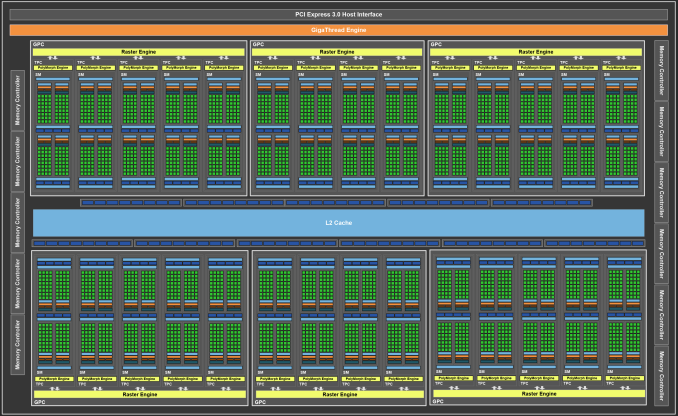
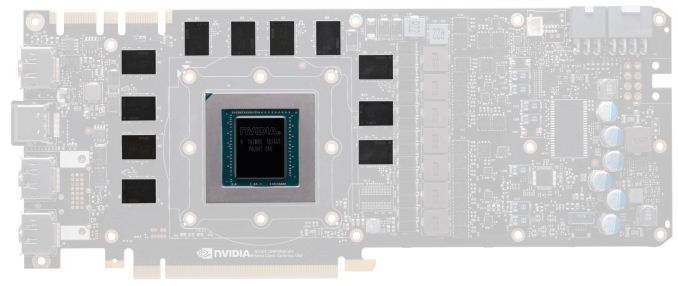
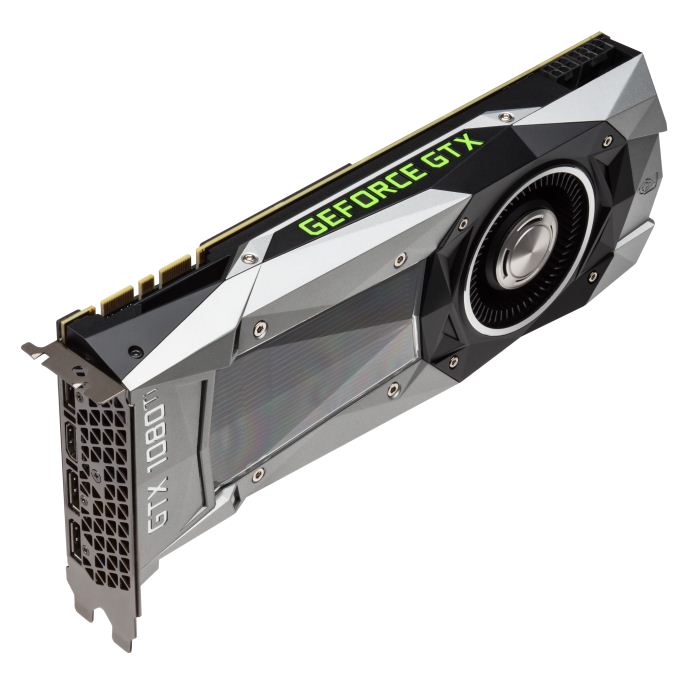

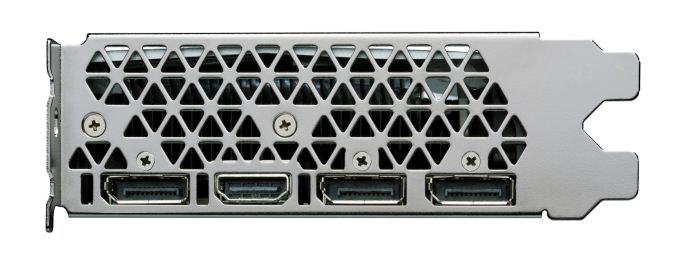
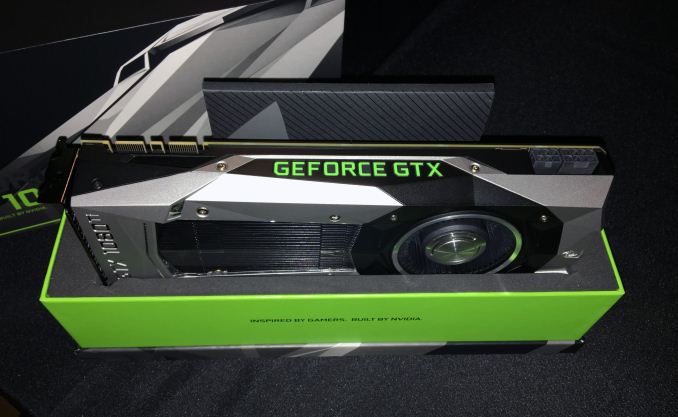














139 Comments
View All Comments
Yojimbo - Tuesday, February 28, 2017 - link
Not interesting at all. No one buys a $1200 graphics card for its price/performance ratio. They buy it because it's the fastest card money can buy. IT held that distinction for 7 months, not a bad record. Even now it will be about as fast as the 1080 Ti so it's likely to be close to the fastest single GPU card for at least another 6 months. When the Titan X came out everybody was well aware of the likelihood that a cheaper and similarly-performing 1080 Ti would be coming out eventually.Meteor2 - Wednesday, March 1, 2017 - link
'so it's likely to be close to the fastest single GPU card for at least another 6 months' -- possibly, not likely. If AMD take the same approach with Vega as they have with Zen, things could get very interesting in as little as three months' time.Klimax - Wednesday, March 1, 2017 - link
If same approach, then definitely not. Then Titan X Pascal and 1080 Ti will still reign supreme.Strunf - Wednesday, March 1, 2017 - link
What approach? it's a matter of having or not the right architecture. CPU performance has not increased much the last few years so kind of "easy" to catch-up, the GPU performance on the other hand has doubled every 2 or so years. By the time Vega will be out and even if it's at the level of the GTX1080 Ti Volta will be just around the corner.fanofanand - Wednesday, March 1, 2017 - link
Tflops don't = performance but big Vega is supposed to have roughly 10% more "power" than the 1080ti, so Meteor is actually correct. If Vega is released in May or June, the 1080ti's reign will be short lived.Flunk - Wednesday, March 1, 2017 - link
I wouldn't expect Vega to be much, if any more powerful than the 1080. It's twice the cores of the RX 480, on the same process, but coupled with HBM2 RAM. I expect it will be about as powerful as RX 480 Crossfire. Ram bandwidth doesn't seem to be a big issue for Nvidia so I don't think HBM2 will help Vega much.rarson - Wednesday, March 1, 2017 - link
Your comment makes the assumption that Vega is just Polaris X2 with HBM, but it's not, it's the biggest overhaul to the GCN architecture that we've seen in years. AMD demoed the difference using the HBCC in yesterday's presentation and it looked fairly significant. If AMD delivers a card that can utilize on-board SSD storage (not that I'm expecting that any time soon), I think AMD has the potential to leave Nvidia in the dust.My point bringing up the SSD storage being, this is more than just 2X Polaris.
Meteor2 - Wednesday, March 1, 2017 - link
Indeed it's an entirely new architecture. Polaris caught up with Pascal; AMD never bothered doing a >150W card, probably as very few are sold.I expect Vega to go solidly beyond the performance of Polaris and thus Pascal.
extide - Friday, March 3, 2017 - link
I'm not sure if you mistakenly went with a greater than or less than symbol there but they have released both I own a 250 watt card actually a few of them and I also own some low-end cards that are way less than 150 wattsrarson - Wednesday, March 1, 2017 - link
Vega is due 1H this year, that means at most, 4 more months (if they release at the very end of June). I think more likely would be an early June launch at the latest, they were publicly demoing working silicon back in December.I'm hoping it'll be a bit sooner than that even, but I can easily wait 3 more months to see what happens.